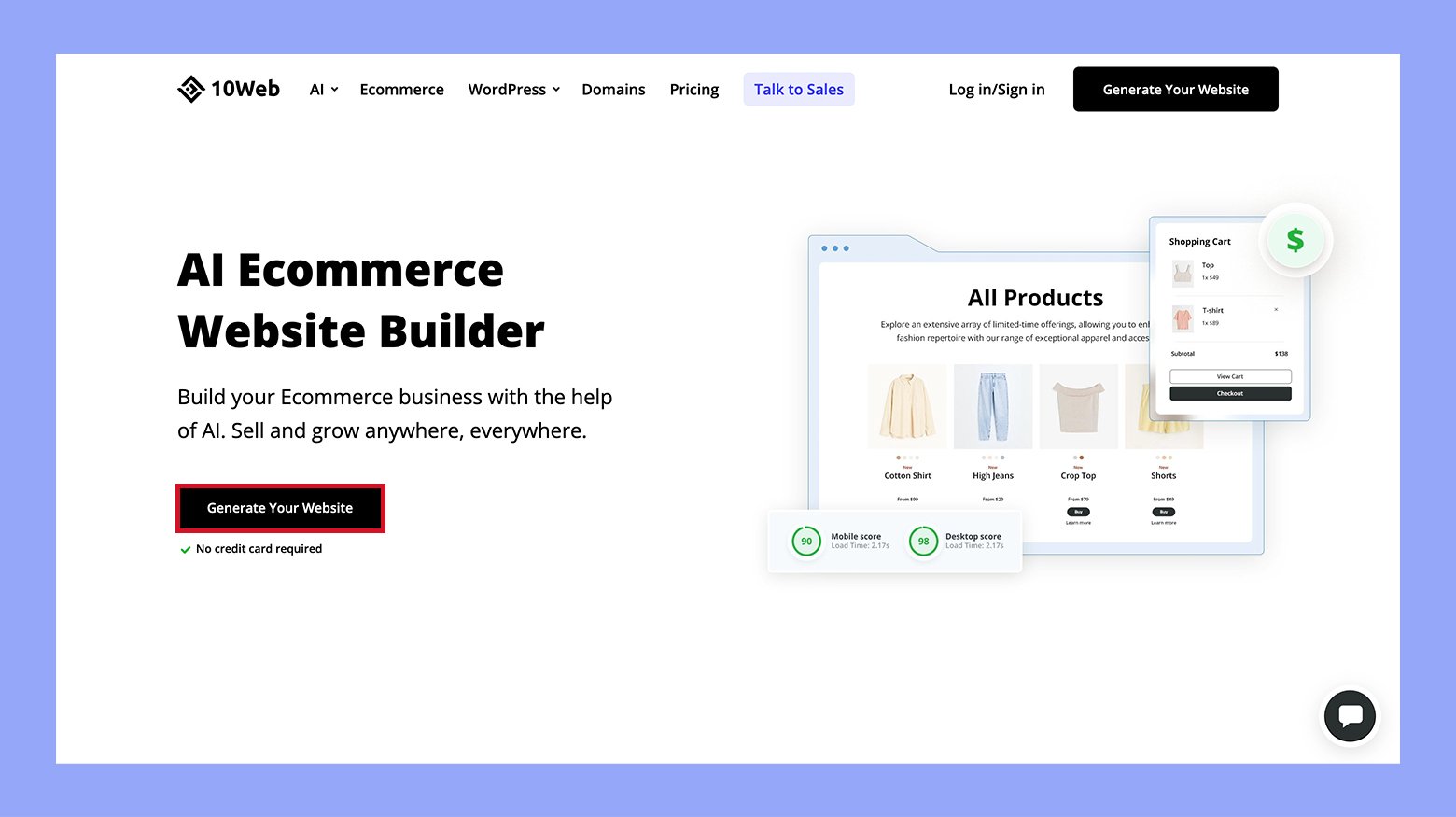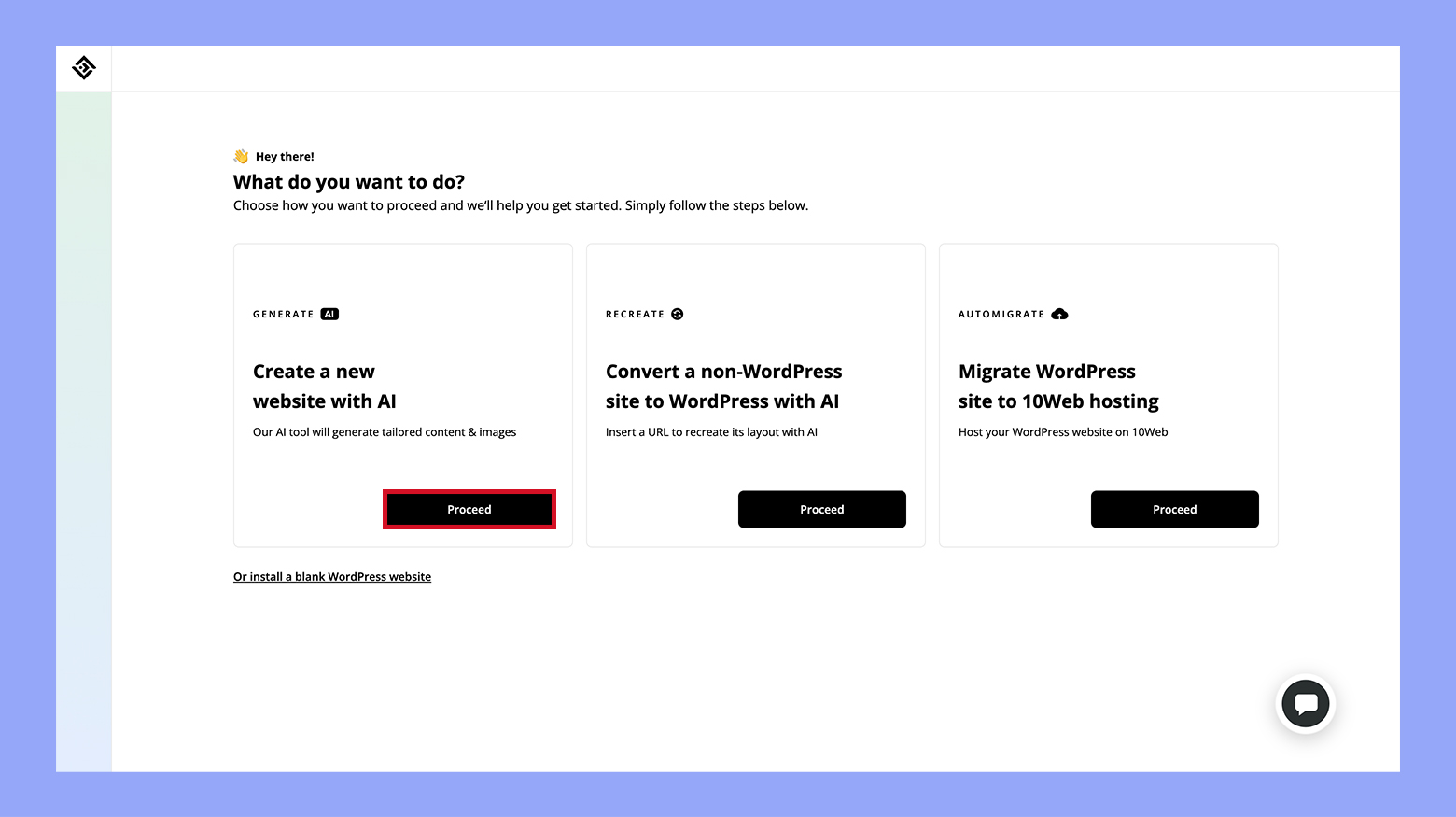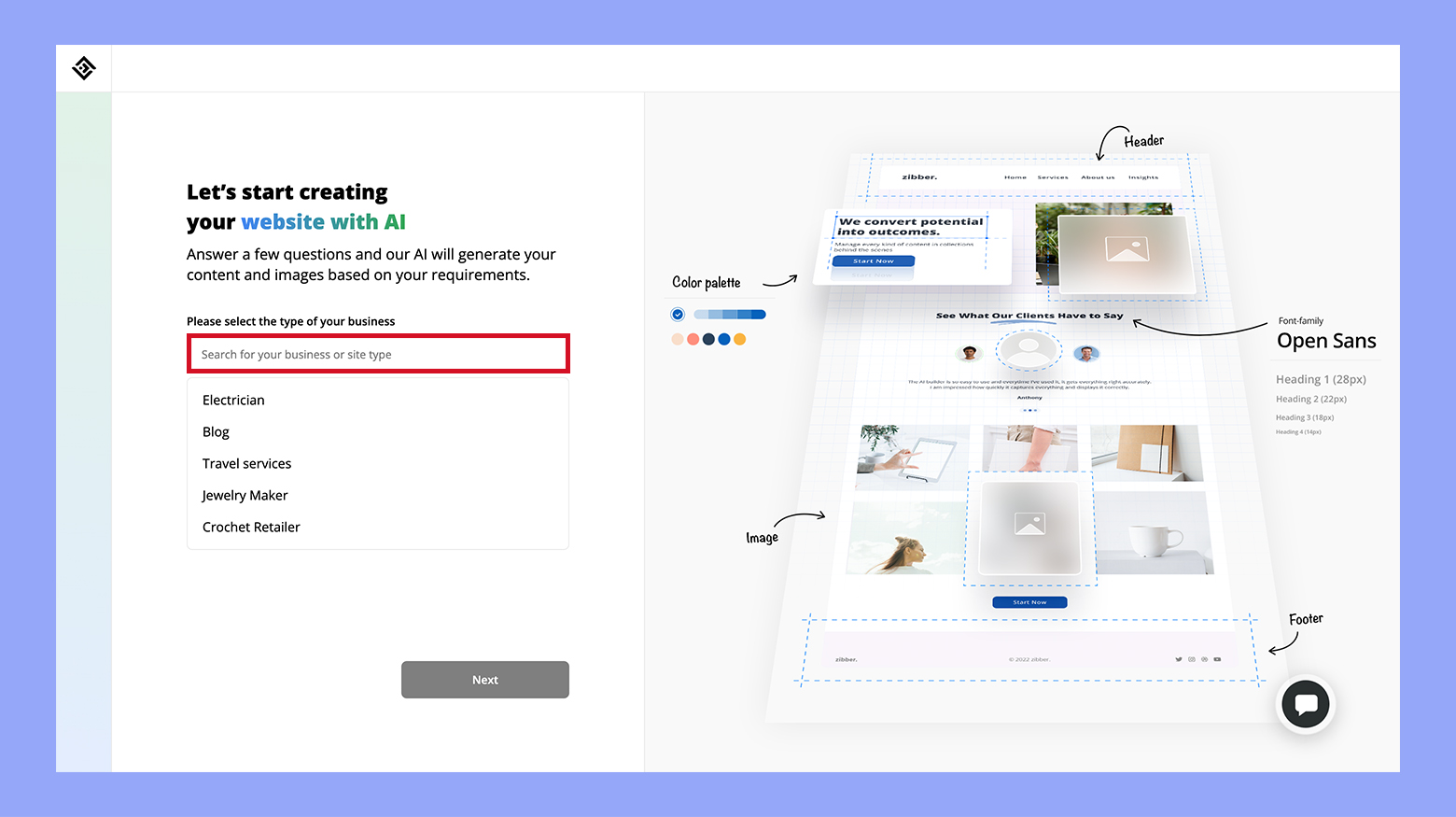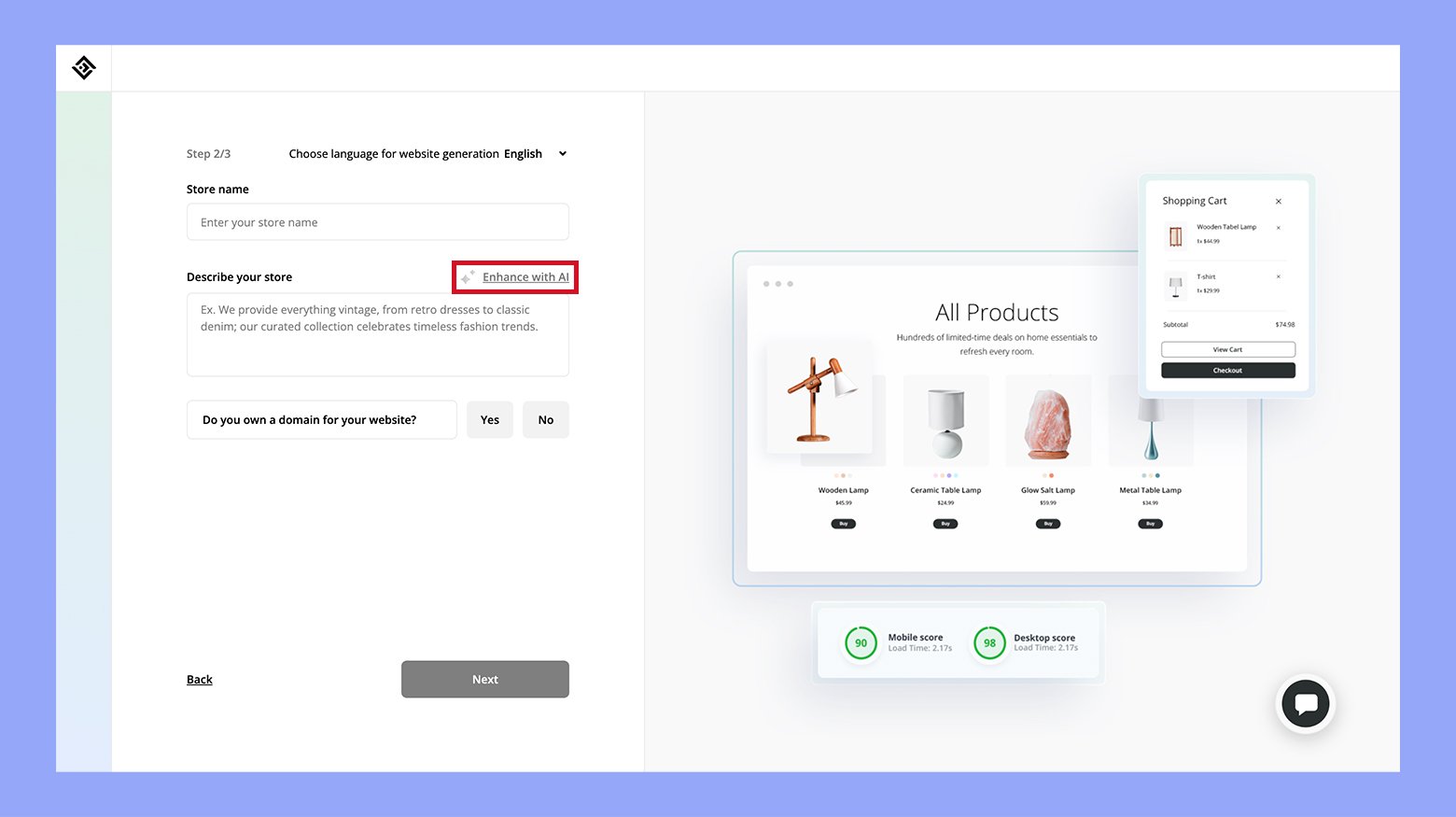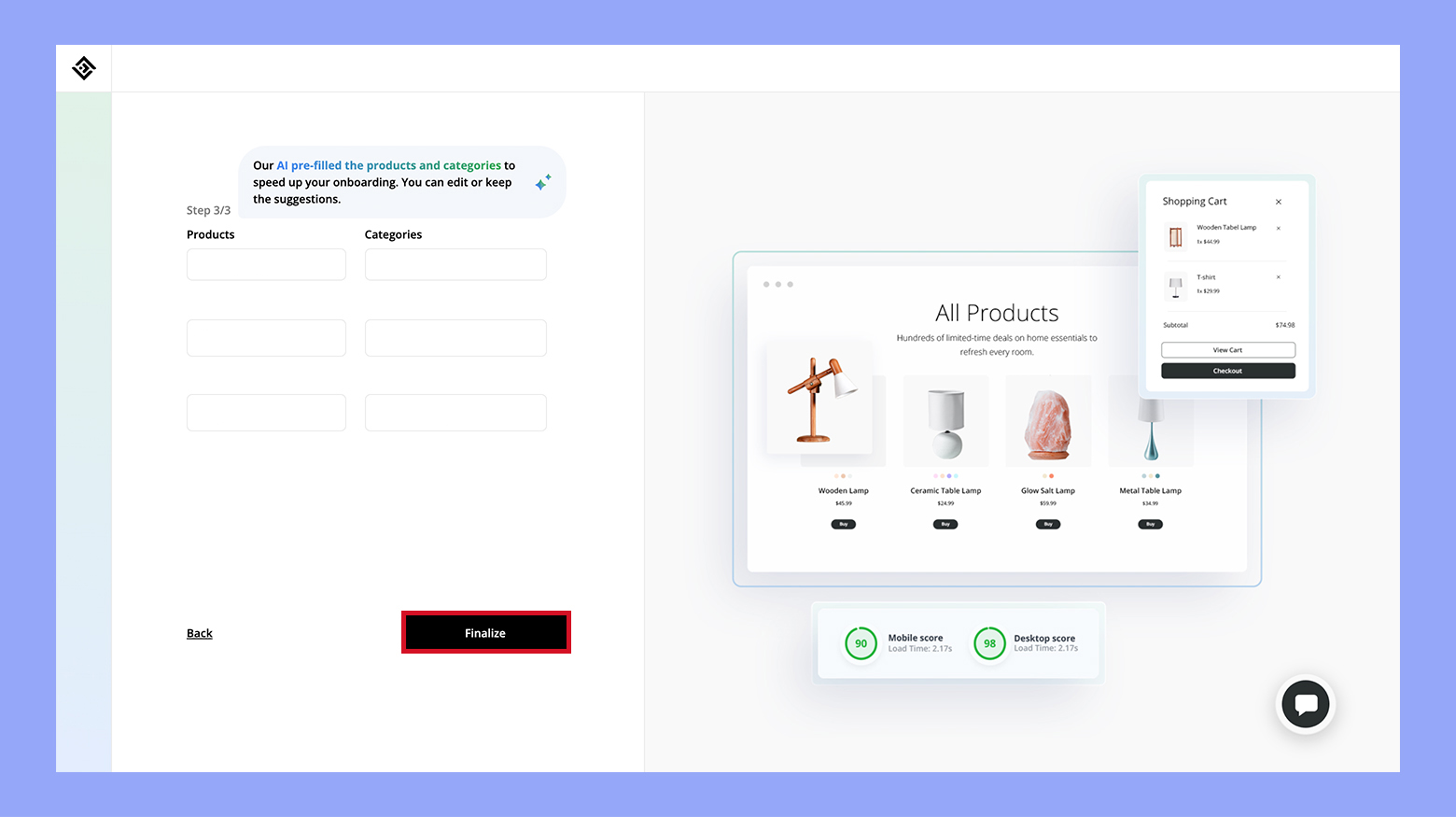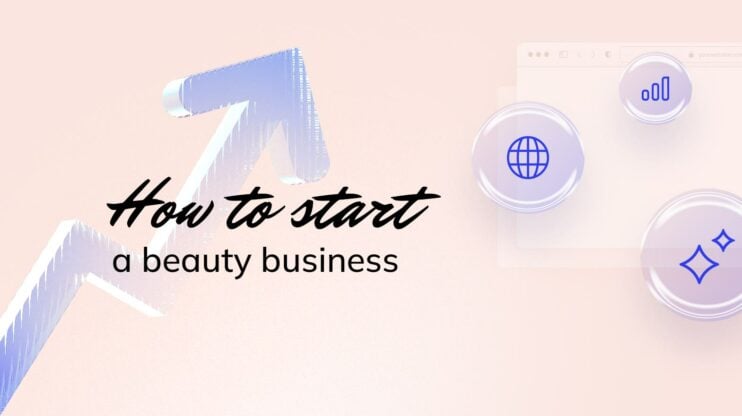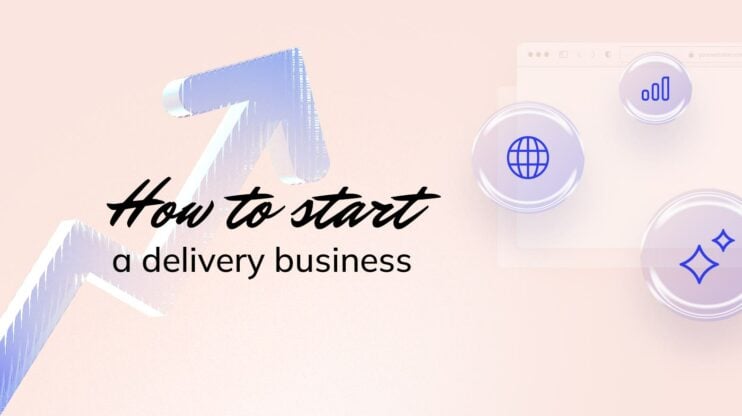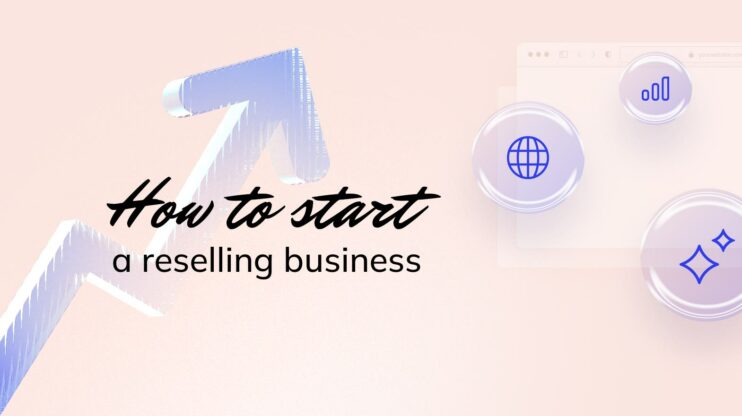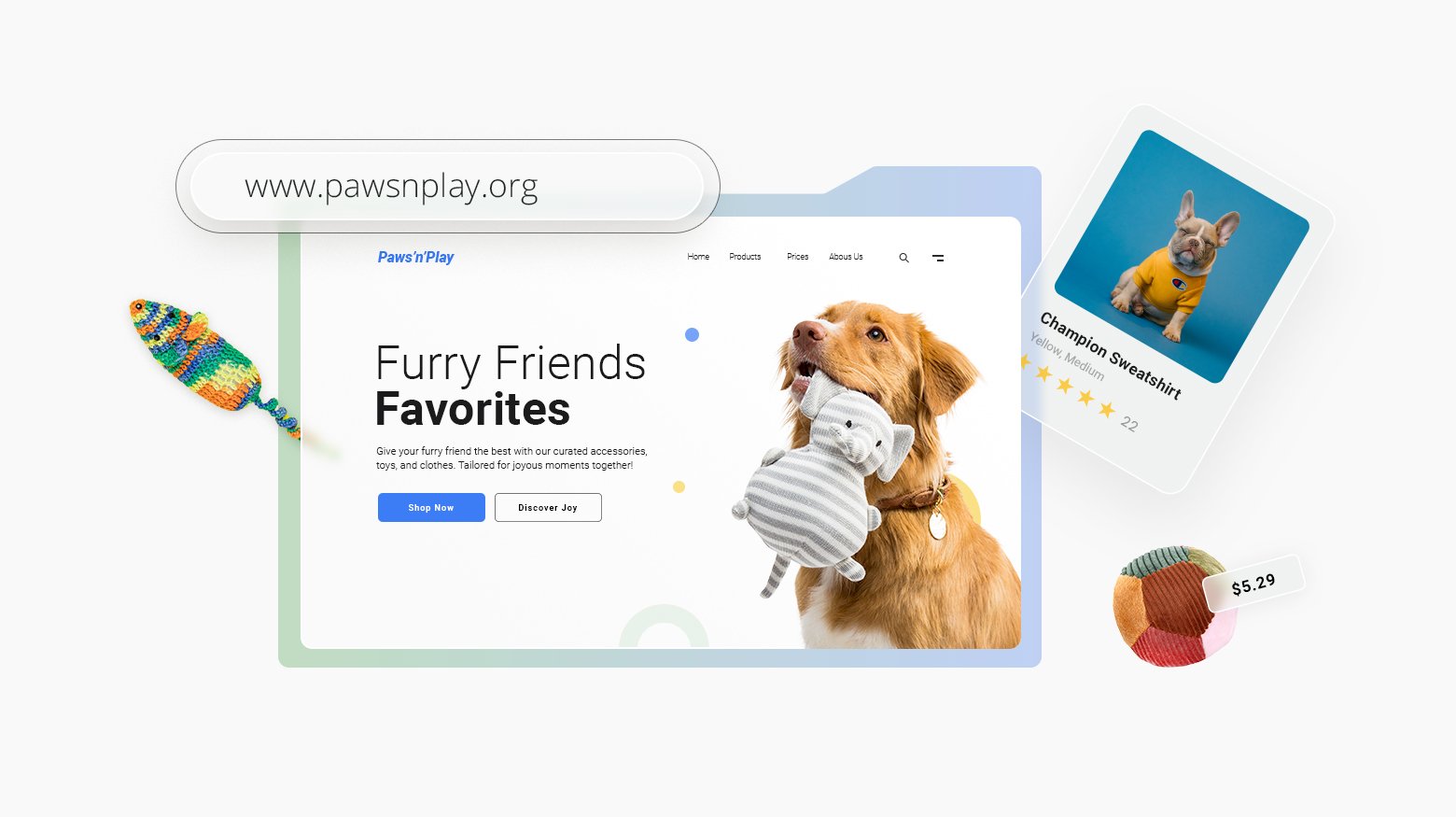Launching a pressure washing business can be a lucrative opportunity with proper planning and guidance. This beginner’s guide will walk you through the essential steps to get your business off the ground, beginning with thorough business planning. By conducting detailed market research, creating a comprehensive business plan, and choosing the appropriate business structure, you’ll lay a strong foundation for your pressure washing venture. These initial steps are crucial for guiding your journey and ensuring long-term success in the competitive market of pressure washing services.
FAQ
How profitable is a pressure washing business?
What equipment is needed to start a pressure washing business?
What are the cons of starting a pressure washing business?
Do I need a license to start a pressure washing business?
Stage 1: Business planning
Starting a pressure washing business requires thorough market research, creating a solid business plan, and deciding on your business structure. These initial steps will help guide your journey and set a strong foundation.
Step 1: Conducting market research
Start by studying your local market. Find out how many pressure washing businesses operate in your area. Look into their service offerings, prices, and customer reviews.
Identify potential customers, such as homeowners, commercial property owners, and real estate agents. Check for seasonal demand patterns and estimate the size of your target market.
Focus on your ideal customer, which could be based on location, property type, or income level. For instance, affluent neighborhoods might have more homeowners willing to pay for pressure washing services. You can gather this information through research, surveys, or simply by noting the types of clients who respond to your ads.
Tips:
- Conduct surveys or interviews.
- Visit online forums or community boards.
- Analyze competitors’ websites and social media.
Gathering this data helps you understand your potential customers’ needs and preferences.
Step 2: Creating a comprehensive business plan
A detailed business plan outlines your goals and strategies. Begin with an executive summary that provides an overview of your business.
Key elements of your business plan:
- Service offerings: List services you’ll provide, such as residential and commercial pressure washing.
- Market analysis: Use your research to describe your target market and competitive landscape.
- Financial plan: Include startup costs, projected income, expenses, and break-even analysis.
Structure:
- Executive summary
- Business description
- Market analysis
- Service offerings
- Marketing plan
- Financial plan
A clear business plan helps you stay focused and reach your goals.
Step 3: Choosing your business structure
Decide on your business structure early on. Common options include sole proprietorship, Limited Liability Company (LLC), and corporation.
Sole proprietorship is simple and inexpensive, but it doesn’t protect your personal assets.
LLC provides limited personal liability and flexible tax options. It’s a popular choice for small businesses.
Corporation offers strong liability protection but has more complex regulations and higher costs.
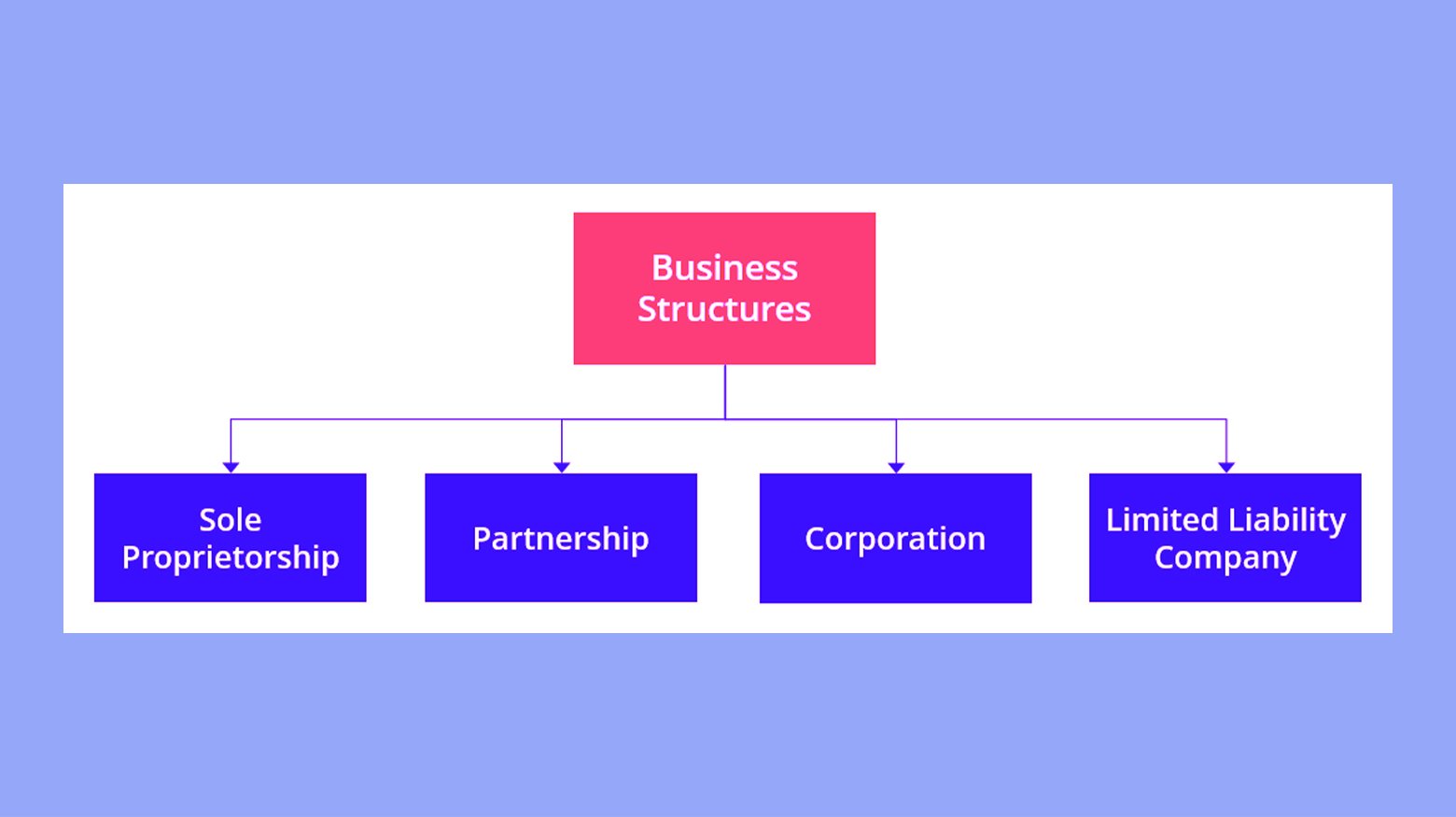
Steps:
- Research each structure’s pros and cons.
- Consider your long-term goals and legal needs.
- Consult a legal or financial advisor if needed.
Choosing the right structure impacts your taxes, liability, and overall business operations. Consider all factors to make an informed decision.
Step 4: Understanding startup and operating costs
When starting your pressure washing business, it’s crucial to identify your initial expenses. Start by investing in equipment, such as a gas or electric pressure washer. Consider purchasing insurance to cover personal liability and protect your equipment.
Licensing requirements are another important factor to budget for, as you might need specific permits to operate legally. Don’t forget to factor in costs for initial marketing, such as creating a website or printing business cards.
Your operating costs will include supplies, fuel, maintenance, and regular insurance payments. Plan for monthly expenses and keep a detailed budget using accounting software. This will help you track what is spent versus what you earn, making it easier to calculate your profits.
Step 5: Acquiring necessary licenses and permits
Check which business licenses and permits are required in your state and city. These may include a general business license, contractor’s license, or special permits for handling water and chemicals.
Visit local government websites or offices to understand specific applications and fees involved. Some areas may require environmental permits to ensure water runoff complies with local regulations.
You might also need zoning permits, depending on where you plan to operate. Ensure you comply with all local codes to avoid fines or shutdowns.

Looking to sell online?
Create your custom online store in minutes with 10Web AI Ecommerce Website Builder and take your business online.
Stage 2: Pressure washing essentials
To start a successful pressure washing business, you’ll need the right equipment and an understanding of cleaning solutions and chemicals. This will ensure you tackle a wide range of jobs effectively.
Step 1: Choosing the right pressure washing equipment
Choosing the correct pressure washing equipment is crucial. Start by deciding between an electric pressure washer and a gas-powered unit. Electric pressure washers are lighter and quieter, making them great for small to medium jobs. Gas-powered washers offer more power, suitable for larger projects.
Pay attention to the pressure washer pump. A high-quality pump lasts longer and performs better. Water hoses are another essential part. Choose durable hoses that can handle the pressure and avoid leaks.
Nozzles are vital for adapting the spray force and pattern. Different colors usually indicate different spray angles. Having a range of nozzles lets you handle various tasks, from gentle rinsing to tough cleaning.
Surface cleaners can speed up the cleaning process for large, flat areas like driveways or decks. Consider investing in one to save time and effort. Always have a downstream injector to apply cleaning chemicals efficiently.
Step 2: Understanding cleaning solutions and chemicals
Knowing how to use cleaning solutions and chemicals is key to effective pressure washing. Different surfaces and stains require specific chemicals. For example, use degreasers for oily surfaces and milder soaps for delicate materials.
Store your cleaning chemicals safely. Some chemicals can be hazardous, so keep them in labeled containers away from children and pets.
Using a downstream injector helps apply cleaning solutions. This method mixes chemicals with water after the pump, protecting the equipment’s internal parts.
Always read labels and follow manufacturer instructions for each product. This ensures safety and gets the best results. Equip yourself with personal protective gear like gloves and goggles when handling cleaning chemicals to avoid health risks.
Step 3: Determining your service offerings
You will offer a range of pressure washing services tailored to different needs. Residential services might include driveway, patio, and deck cleaning. These are high-demand areas that clients often want cleaned for safety and aesthetic reasons.
For commercial services, you can include storefront cleaning, parking lot washing, and graffiti removal. These services help businesses maintain a clean appearance and attract customers.
Consider offering specialized services, such as roof cleaning and concrete cleaning. Roof cleaning requires soft washing to prevent damage, while concrete cleaning typically involves high-pressure washing. To cover all surfaces efficiently, add surface cleaners for flat surfaces.
Step 4: Pricing strategy and competitive rates
Setting competitive rates is crucial for attracting clients. Start by researching local competitors and their pricing. This will give you a baseline to determine your rates.
Here’s how to do it:
- Pricing strategy: Research your competitors and the market to determine competitive pricing. Use tools like Price2Spy to track competitors’ pricing and adjust your own accordingly.
- Discounts and promotions: Utilize plugins like WooCommerce Discount Rules to create special offers, bundle deals, or seasonal discounts that entice customers.
- Subscription models: Consider offering subscription-based access. Plugins like MemberPress or Restrict Content Pro can help you set up subscription plans.
Regularly review your pricing strategy to ensure it stays competitive and reflects the quality of your service.
Step 5: Hiring and training staff
Hiring the right employees is crucial for your business. First, create a clear job description outlining the skills and experience needed. Use job boards and social media to advertise your position. Once you have applicants, conduct interviews and check references to find the best fit.
Training is equally important. Start with an orientation to explain the company’s mission, values, and goals. Provide hands-on training using your pressure washing equipment. Ensure that employees understand safety procedures and how to handle customer interactions.
Regularly update training programs to include new techniques or equipment. A well-trained staff can improve your service quality and customer satisfaction.
Step 6: Employee management and scheduling
Effective employee management keeps your business running smoothly. Clear communication is key; use team meetings, emails, or messaging apps to keep everyone informed. Provide feedback regularly and recognize good performance to boost morale.
Scheduling is also essential. Use scheduling software to organize shifts and avoid overlaps. This helps ensure you always have enough staff to meet demand. Be flexible with schedules to accommodate employee needs and reduce turnover.
Create a system for tracking hours worked, holidays, and sick leave. This ensures fair payroll management. By managing your employees well, you’ll create a positive work environment and a reliable team.

Looking to sell online?
Create your custom online store in minutes with 10Web AI Ecommerce Website Builder and take your business online.
Stage 3: Online presence and marketing
To successfully launch a pressure washing business, establishing a strong online presence and effective marketing strategies are crucial. This involves developing a unique brand identity, building a robust online presence, and leveraging local marketing tactics.
Step 1: Designing your business’s brand identity
Your brand identity sets you apart from the competition. Start with a logo that is simple, memorable, and reflects your services. The logo should be easily recognizable on all marketing materials including business cards and vehicles.
Choose a business name that is both catchy and relevant. This makes it easier for potential customers to remember you. Consider colors and fonts that convey a professional and trustworthy image. Consistency in design across all platforms enhances recognition and trust among your audience.
Step 2: Building an online presence
Once you know who your target market is, it’s time to reach out to them. One of the most effective methods is digital marketing.
Create a professional website showcasing your services. Optimize it for local searches so people in your area can find you easily. Use social media platforms like Facebook and Instagram to share before and after photos, customer testimonials, and promotions. These platforms also offer options to run targeted ads.
Key points:
- Build a user-friendly, optimized website.
- Use social media for marketing and targeted ads.
- Network and seek referrals to grow your customer base.
You can generate a website from scratch with the help of 10Web Website Builder. All you have to do is answer a few questions about your business.
- To start Go to the 10Web Website Builder page and click Generate your website.

- Select Proceed to create a new website with AI.

- Enter your business type.

- Provide a business name and description. Use the Enhance with AI tool if needed.

- Choose Yes to get a domain or click No if you have one already.
- Enter details for your first three services and categories. AI will pre-fill them for you, you can edit or keep the suggestions. When done, click Finalize, and wait for 10Web to generate your site.

- Once your site is generated, preview it and make any necessary adjustments using the user-friendly tools provided by 10Web.
Step 3: Implementing local marketing and advertising
Local marketing helps you reach customers in your area. Start by optimizing your site for local SEO so it appears in local search results. Use keywords related to pressure washing and your location in your content. This helps potential clients find you more easily online.
Create a marketing plan that includes both digital and offline tactics. Distribute business cards at local events and partner with other businesses for cross-promotions. Consider running targeted ads on social media platforms to reach nearby residents. Offer coupons or discounts for first-time customers to attract initial business.
Building a strong online presence and implementing effective marketing strategies can significantly boost your pressure washing business.
Networking and growth strategies
Building your pressure washing business involves connecting with key industry players and identifying opportunities for growth. By joining relevant associations and exploring new business avenues, you can stay ahead of the competition and expand your services effectively.
Joining professional associations
Becoming a member of professional associations gives you access to industry trends, networking events, and training resources. These groups often provide valuable insights into what’s working in the market, and how you can apply these strategies to your business.
Associations such as the Power Washers of North America (PWNA) offer certifications, conferences, and workshops. Participating in these events not only boosts your credibility but also helps you stay informed about new techniques and regulations.
Networking with other professionals can lead to partnerships and referrals. Being part of an association can also position you as a trusted service provider, which is crucial for growth in a competitive market.
Exploring expansion opportunities
Growing your pressure washing business involves looking into new markets and services. Research local competition to see what services they offer and identify gaps you can fill. This could include residential, commercial, or industrial pressure washing.
Consider adding eco-friendly options or specialized cleaning services, like roof or gutter cleaning. Expanding your geographic reach by targeting nearby towns and cities can also increase your customer base.
Staying aware of industry trends can help you spot opportunities for growth. For example, you might find a growing demand for soft washing, a gentler alternative to traditional pressure washing. By diversifying your services, you can attract more clients and boost your revenue.
Safety and compliance
Safety and compliance are crucial when starting a pressure washing business. Here are some steps to help you navigate these important aspects.
- Get the right insurance: Protect your business with policies like general liability and workers’ compensation. This can cover damages to property and injuries.
- Set up a legal entity: Form an LLC or corporation to limit your personal liability. This way, your personal assets are protected if your business is sued.
- Obtain necessary licenses: Research and get required licenses or permits. Check with local and state authorities to ensure you’re operating legally. For more information on licensing click this link.
- Purchase safety gear: Equip yourself and your team with safety gear like gloves, goggles, and non-slip boots. This helps prevent injuries while working.
- Learn proper techniques: Train yourself and your employees on how to use pressure washing equipment correctly. Incorrect use can cause injuries or property damage.
- Follow environmental regulations: Be aware of water usage and chemical disposal rules. This prevents harm to the environment and keeps you compliant with laws.
- Regular equipment checks: Inspect your pressure washers and other tools regularly for maintenance. Properly maintained equipment is safer and more effective.
By following these steps, you can build a strong foundation for your pressure washing business that prioritizes safety and compliance.
Establishing operational standards
To succeed in the pressure washing industry, you need clear processes and strict quality control. This helps in maintaining high standards and ensuring customer satisfaction.
Developing processes and procedures
Start by outlining the steps for each type of job. This includes quoting, scheduling, and executing the tasks. Create a checklist for equipment inspection before each job to avoid malfunctions.
Train your staff thoroughly. A standard operating procedure (SOP) manual should cover:
- Safety protocols: Proper safety gear and handling of chemicals.
- Equipment use: Steps for using different pressure washers and accessories.
- Customer interaction: Guidelines for professional behavior and communication.
Documenting these procedures will help ensure everything is done correctly every time.
Implementing quality control measures
Quality control is crucial for maintaining a good reputation. Inspect completed jobs to ensure they meet your standards. Create a feedback mechanism, such as post-service surveys, to measure customer satisfaction.
Use a checklist to monitor each step of the job:
- Pre-service inspection: Check the area to identify vulnerable surfaces.
- Job execution: Ensure the correct pressure and techniques are used.
- Post-service inspection: Verify cleanliness and remove any remaining debris.
Regularly review the feedback and adjust your processes as needed. This helps in keeping your service quality high and consistent in the pressure-washing industry.
Conclusion
Starting a pressure washing business involves careful planning, strategic market research, and a well-thought-out business structure. By following this beginner’s guide, you can establish a solid foundation, acquire the necessary equipment, and implement effective marketing strategies to attract clients. Remember to focus on quality service, customer satisfaction, and continuous learning to stay ahead in the competitive pressure washing industry. With dedication and hard work, your pressure washing business can achieve long-term success and growth.


